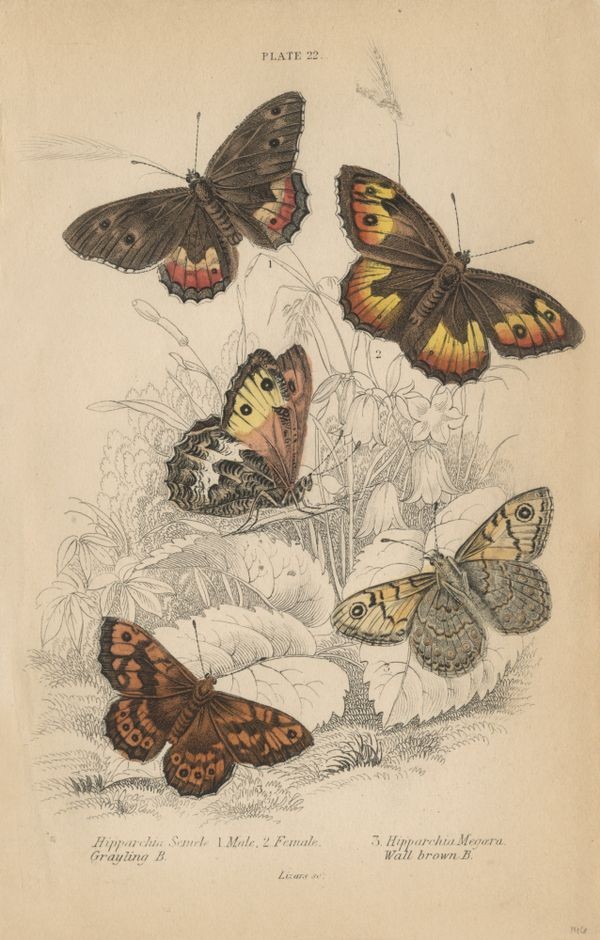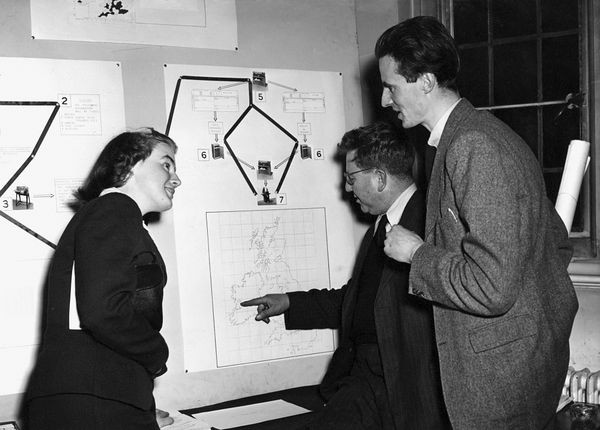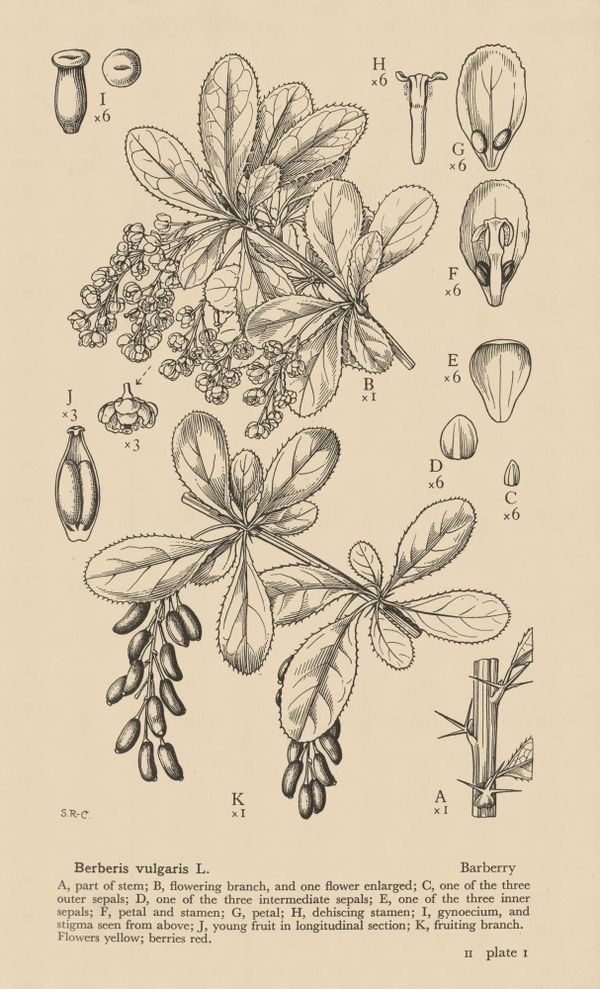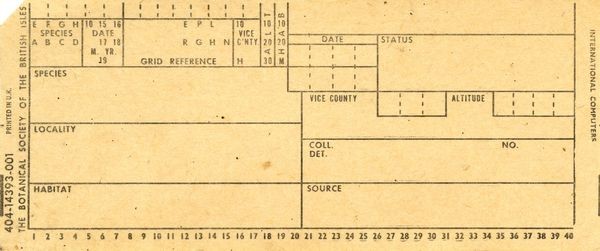A Card Catalogue of British Life!
Transforming Data into Documents
As punched cards revolutionized the workplace, they became visible symbols of business and government automation. Less visible, but equally important, was their role in scientific research.
Punched cards and computers transformed every task that required compiling, organizing, manipulating and printing data. A 1940s survey of British plants and animals was a notable example of a large-scale study built on the new technology.
Britain’s Institute for Terrestrial Ecology had amassed a wealth of punched cards filled with information on plants and animals. Now what?
Computer pioneer Maurice Wilkes helped design a system to make the information accessible by printing the data as dots on a map, showing the distribution of various species.
Professor Tom Tutin and colleagues
Tutin (right) was the co-editor of the Atlas of The British Flora, and later a leader of the first pan-European effort to catalog the continent’s plants.
View Artifact DetailChecking the maps
Even though they were plotted mechanically, each spot on the map was double-checked for accuracy before publication.
View Artifact DetailBuilt to Last
In an age when technology seems to get outdated before it gets dusty, the longevity of the punched card system created to catalogue Britain’s ecosystems is remarkable.
Researchers used the sturdy system for 20 years, recording butterflies and other species. In 1970, the collected information was transferred to magnetic tape.
40-column Powers-Samas card
These cards recorded data such as species name, location, and habitat. The Botanical Society of the British Isles continued to use them into the 1970s.
View Artifact Detail





